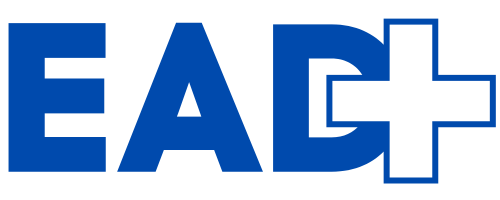You're about to find out how a 19-year-old student from Rio Grande do Sul won a bronze medal at a science olympiad in China!
Rodrigo Mann Schaidt created a innovative Libras (Brazilian Sign Language) translation software, presenting it to the world at an event with 633 projects from 21 countries.
The research began when he was helping a deaf student and developed into a promising technological tool for sign translation.
Read on to learn more about this incredible achievement and the challenges ahead for the project.
Brazilian Student Shines in China with Innovation in Libras Translation
Introduction to the Innovative Project
Did you know that a young student from Rio Grande do Sul achieved a bronze medal in a scientific competition in China? Rodrigo Mann Schaidt, just 19 years old, developed a revolutionary software for the translation of Brazilian Sign Language (Libras).
This project, which began as a simple way to help a deaf colleague, has evolved into a technology that can transform communication for deaf people in Brazil and around the world.
How It All Began
Rodrigo's project began during his final year of the Electronics Technical Course at Liberato Salzano Vieira da Cunha Technical School Foundation, in Novo Hamburgo.
He was interning and helping a deaf student, which led him to realize the urgent need for better communication. It was from this difficulty that he decided to create software capable of translating Libras signs into written Portuguese.
The Technology Behind the Project
The technology developed by Rodrigo is based on neural networks, which mimic the functioning of human neurons.
The software detects different parts of the body and interprets the Libras signals, translating them into written Portuguese. This process is extremely fast, taking about a second to capture and interpret the movements.
-
- Signal Detection: The software uses 30 frames to capture the movements and determine which signal was executed.
-
- Translation: The neural network interprets the signals and displays the most likely one in the top left corner of the screen.
Participation in the Scientific Competition
Rodrigo represented Brazil and the Americas at the 38th China Adolescents Science & Technology Innovation Contest (Castic), held between July 25 and 29 in Tianjin, China.
The event was attended by 633 projects from young researchers from 21 countries, including Europe, Oceania, Asia, the Middle East and Africa.
Challenges and Achievements
One of the biggest challenges Rodrigo faces is training the software. For the technology to work properly, 60 different videos of the same signal are required.
This requires a large amount of data, which is still an obstacle to the continuity of the project.
Rodrigo has already spoken to several companies and institutions seeking support, but has not yet received a definitive response. However, he remains optimistic and determined to move his project forward.
Importance of Inclusion
Rodrigo highlights that, although voice translation technologies already exist, they do not extend to sign language.
Your project is an opportunity to inclusion, allowing deaf people to communicate more effectively and integrated into society.
Awards and Recognition
In addition to the bronze medal in China, Rodrigo also won the Killing Technology Award last year, during the International Science and Technology Exhibition (Mostratec).
This recognition is a testament to the potential and importance of their work.
Future Impact
If you are interested in technologies that promote inclusion, it is worth following the development of this project.
Rodrigo's innovation has the potential to change lives, making communication easier for millions of deaf people.
To learn more about apps that can help in different areas, such as education and reading, check out the apps for students in 2024 and apps to read books.
Frequently Asked Questions
What motivated Rodrigo Mann Schaidt to create the software?
The project started when he was helping a deaf student at the technical school and needed to learn Libras to communicate better.
How does Libras translation software technology work?
The technology uses neural networks to detect body signals and translate them into written Portuguese, imitating the functioning of human neurons.
How many signs can the software currently translate?
Currently, the software has been trained to recognize five different signals, such as “use”, “thank you” and “hi”.
What is the main difficulty in moving forward with the project?
One of the biggest challenges is the need to train the software, which requires 60 different videos of each signal for greater accuracy.
What does Rodrigo think about the future of the project?
Rodrigo has already spoken to companies and institutions to seek support, but is still looking for a definitive answer to continue the project.
